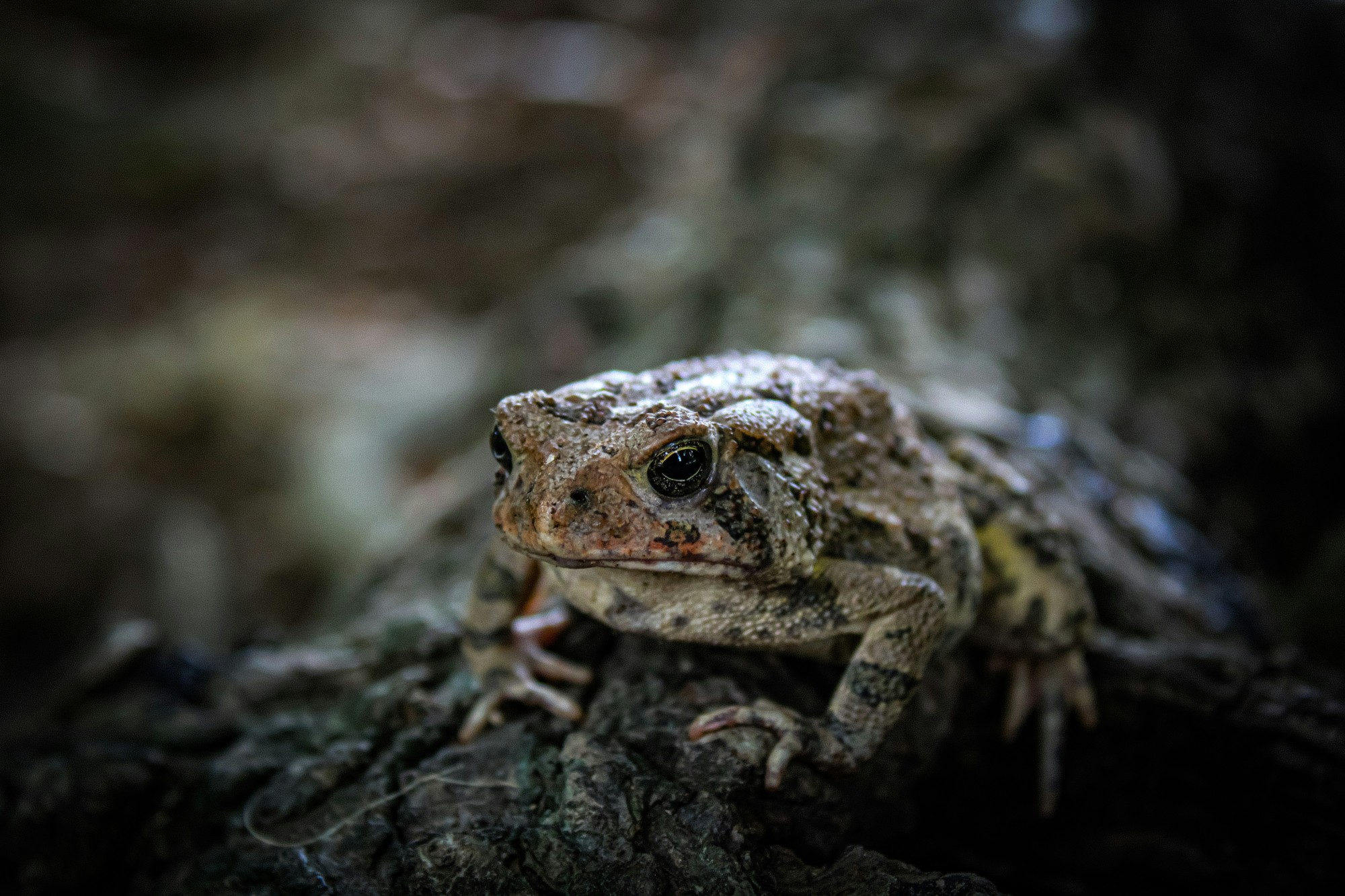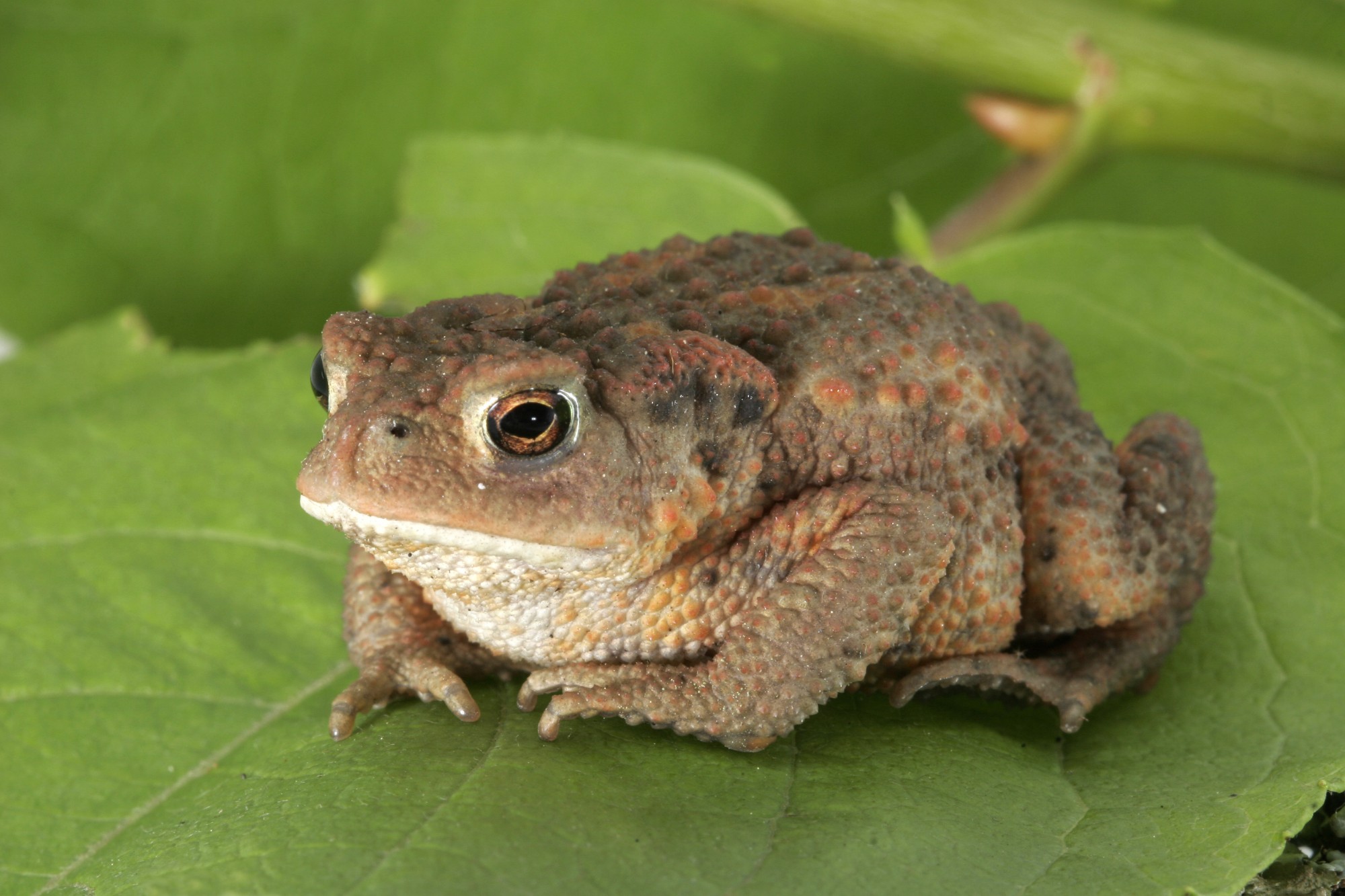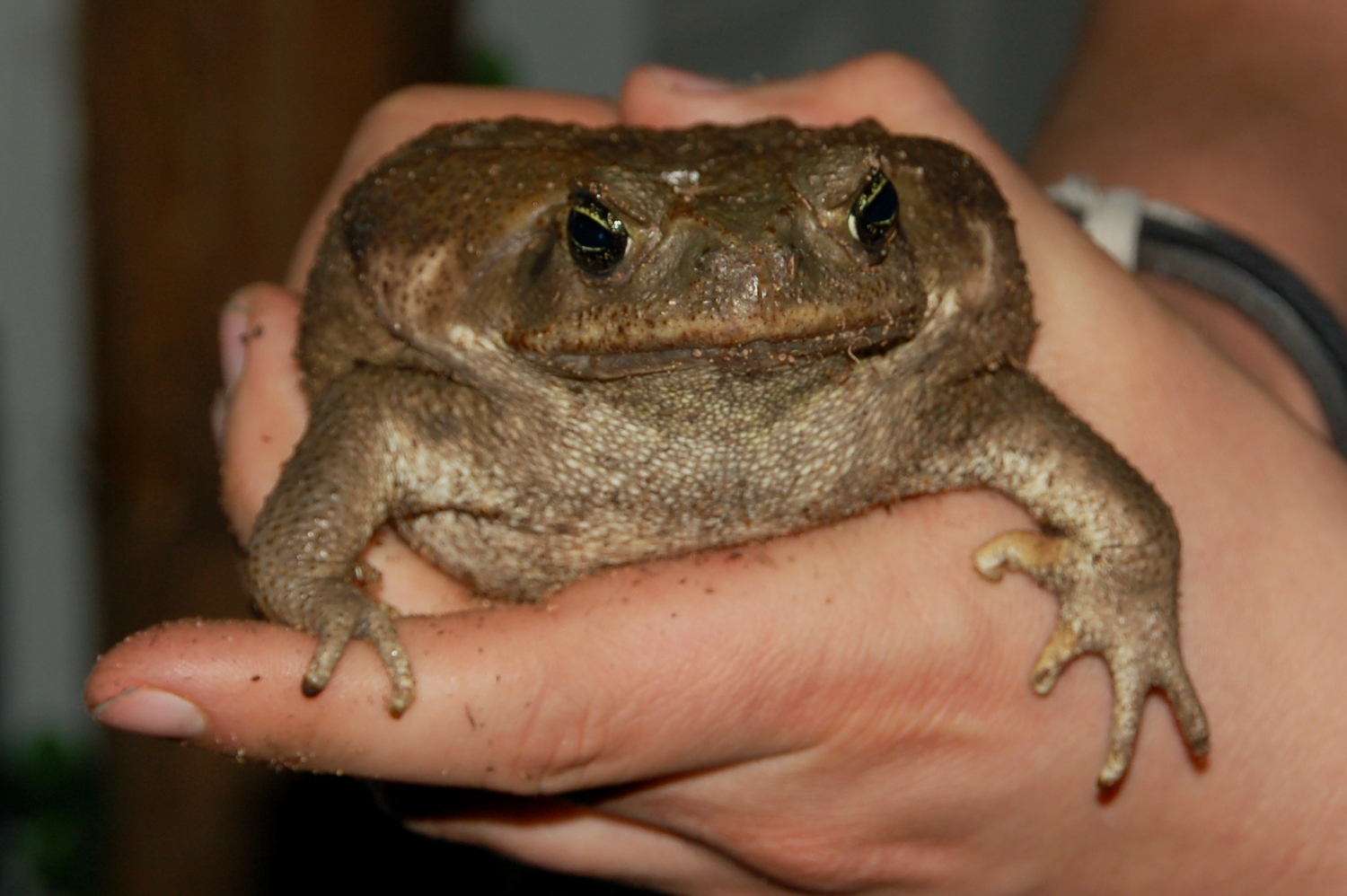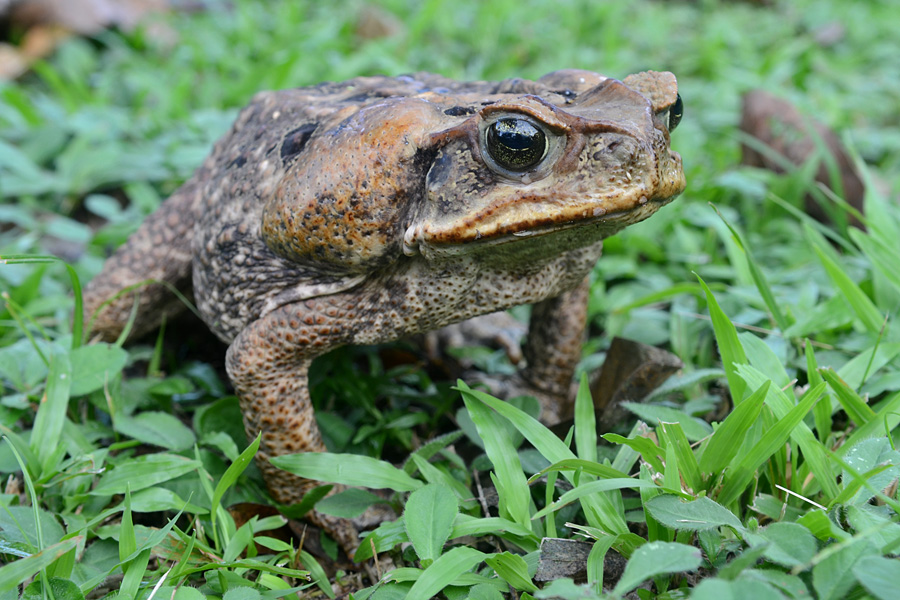Lifestyle
Beware Of Toxic Toads: A Deadly Threat To Pets
By Loren Gutentag · May 6, 2024

Toxic Toads Can Kill Pets in Minutes: Here's What You Need to Know
In Florida, thousands of invasive and toxic amphibians, known as bufo toads, cane toads, or giant marine toads, are multiplying rapidly. Without immediate treatment, your pet could die in a mere 15 minutes after encountering these sizable toads if it bites or ingests them. Gabrielle Wright on Unsplash
Toxic Toad History
According to the Florida Fish and Wildlife Conservation Commission. Cane toads were first brought to the state to control agricultural pests in sugar cane in the 1930s and 40’s, but now, they’re reproducing at an alarming rate, laying over 30,000 eggs at a time, and taking only three days for those eggs to hatch. Kuebi = Armin Kübelbeck, CC BY-SA 3.0 via Wikimedia Commons
About the Cane Toad
The toxic toads can range between 6 and 9 inches in length and release a milky toxin that sticks in pets’ mouths. The toxin may cause pets to become frantic or disoriented, have brick-red gums, seizures and foaming at the mouth. Holger Krisp, CC BY 3.0 via Wikimedia Commons
Toxicity Risks
Toxic toads release a harmful milky toxin when threatened, particularly dangerous for pets like dogs. This toxin can lead to frantic behavior, disorientation, seizures, and even death within minutes if left untreated. It’s important to wash the toxins forward out of the mouth using a hose for 10 minutes and get your pet to the vet. Photo by Jamie Street on Unsplash
Human Hazards
While pets are most at risk, humans can also be affected by contact with the toad's toxin, leading to severe skin and eye irritation. Fritz Geller-Grimm, CC BY-SA 3.0 via Wikimedia Commons
Light Wave commentary
(This content was created with the help of AI, and edited by a human.)